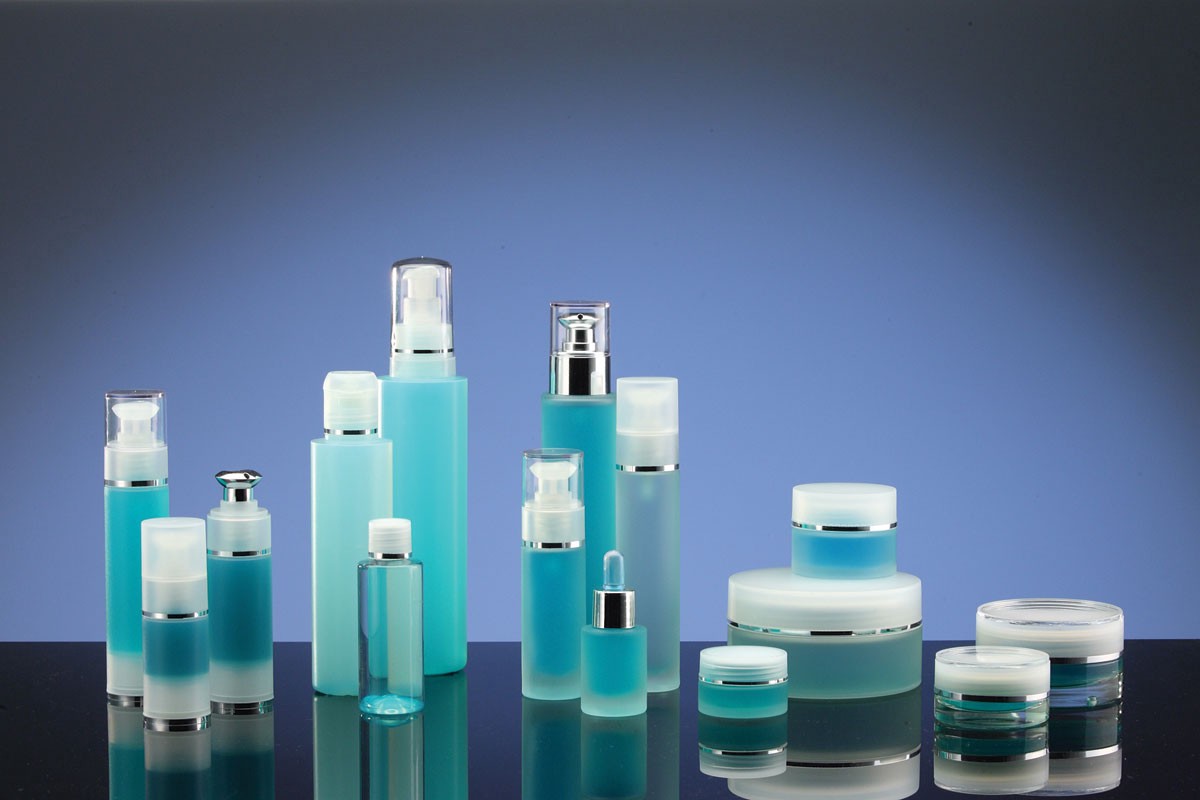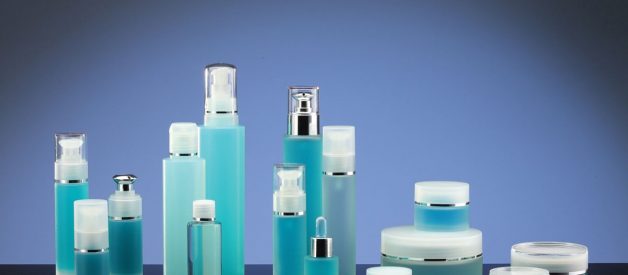What are PEGs?
You have probably noticed that many of cosmetics and personal care products you use have different types of PEGs among ingredients. PEG, which is the abbreviation of polyethylene glycol, is not a definitive chemical entity in itself, but rather a mixture of compounds, of polymers that have been bonded together. Polyethylene is the most common form of plastic, and when combined with glycol, it becomes a thick and sticky liquid.
PEGs are almost often followed by a number, for example PEG-6, PEG-8, PEG-100 and so on. This number represents the approximate molecular weight of that compound. Typically, cosmetics use PEGs with smaller molecular weights. The lower the molecular weight, the easier it is for the compound to penetrate the skin. Often, PEGs are connected to another molecule. You might see, for example, PEG 100 stearate as an ingredient. This means that the polyethylene glycol polymer with an approximate molecular weight of 100 is attached chemically to stearic acid.
In cosmetics, PEGs function in three ways: as emollients (which help soften and lubricate the skin), as emulsifiers (which help water-based and oil-based ingredients mix properly), and as vehicles that help deliver other ingredients deeper into the skin.
What effect do PEGs have on your skin?
Polyethylene glycol compounds have not received a lot of attention from consumer groups but they should. The most important thing to know about PEGs is that they have a penetration enhancing effect, the magnitude of which is dependent upon a variety of variables. These include: both the structure and molecular weight of the PEG, other chemical constituents in the formula, and, most importantly, the overall health of the skin.
PEGs of all sizes may penetrate through injured skin with compromised barrier function. So it is very important to avoid products with PEGs if your skin is not in best condition. Skin penetration enhancing effects have been shown with PEG-2 and PEG-9 stearate.
This penetration enhancing effect is important for three reasons: 1) If your skin care product contains a bunch of other undesirable ingredients, PEGs will make it easier for them to get down deep into your skin. 2) By altering the surface tension of the skin, PEGs may upset the natural moisture balance. 3) PEGs are not always pure, but often come contaminated with a host of toxic impurities.
Impurities and other PEG risks
According to a report in the International Journal of Toxicology by the cosmetic industry?s own Cosmetic Ingredient Review (CIR) committee, impurities found in various PEG compounds include ethylene oxide; 1,4-dioxane; polycyclic aromatic compounds; and heavy metals such as lead, iron, cobalt, nickel, cadmium, and arsenic. Many of these impurities are linked to cancer.
PEG compounds often contain small amounts of ethylene oxide. Ethylene oxide (found in PEG-4, PEG-7, PEG4-dilaurate, and PEG 100) is highly toxic ? even in small doses ? and was used in World War I nerve gas. Exposure to ethylene glycol during its production, processing and clinical use has been linked to increased incidents of leukemia as well as several types of cancer.
Finally, there is 1,4-dioxane (found in PEG-6, PEG-8, PEG-32, PEG-75, PEG-150, PEG-14M, and PEG-20M), which, on top of being a known carcinogen, may also combine with atmospheric oxygen to form explosive peroxides ? not exactly something you want going on your skin.
Even though responsible manufacturers do make efforts to remove these impurities (1,4-dioxane that can be removed from cosmetics through vacuum stripping during processing without an unreasonable increase in raw material cost), the cosmetic and personal care product industry has shown little interest in doing so. Surprisingly, PEG compounds are also used by natural cosmetics companies.

If you find PEGs in your cosmetics?
Although you might find conflicting information online regarding Polyethylene Glycol, PEGs family and their chemical relatives, it is something to pay attention to when choosing cosmetic and personal care products.
- If you have sensitive or damaged skin it might be a good idea to avoid products containing PEGs. Using CosmEthics app you can easy add PEGs to personal alerts.
- In our last blog post we wrote about vegan ingredients. Natural glycols are a good alternative to PEGs, for example natural vegetable glycerin can be used as both moisturiser and emulsifier. CosmEthics vegan list can help you find products that use vegetable glycerin as wetting agent.
- At present, there is not enough information shown on product labels to enable you to determine whether PEG compounds are contaminated. But if you must buy a product containing PEGs just make sure that your PEGs are coming from a respected brand.
Stay healthy!
CosmEthics Team
Download CosmEthics app for iOS in Europe.
References:
Black, R.E., et al. ?Occurrence of 1,4-dioxane in cosmetic raw materials and finished cosmetic products.? J AOAC Int2001;84(3):666?670.
Johnson, W., Jr. & Cosmetic Ingredient Review Expert Panel. ?Final report on the safety assessment of PEG-25 propylene glycol stearate, PEG-75 propylene glycol stearate, PEG-120 propylene glycol stearate, PEG-10 propylene glycol, PEG-8 propylene glycol cocoate, and PEG-55 propylene glycol oleate.? Int J Toxicol, 2001;20 (Suppl 4):13?26.
Scalia, S. & Menegatti, E. ?Assay of 1,4-dioxane in commercial cosmetic products by HPLC.? Farmaco, 1991;46(11):1365?1370.
Stolley, P. ?A preliminary report of cancer incidence in a group of workers potentially exposed to ethylene oxide.? Clinical Epidemiology Unit, University of Pennsylvania School of Medicine, April 25, 1986.
What is it ? PEGs, https://www.truthinaging.com/review/what-is-it-pegs, Accessed December 2nd 2014.
Image sources:
http://imgarcade.com/1/science-lab-equipment-for-kids/ http://www.vetroplas.com/eurovetrocap-2/


